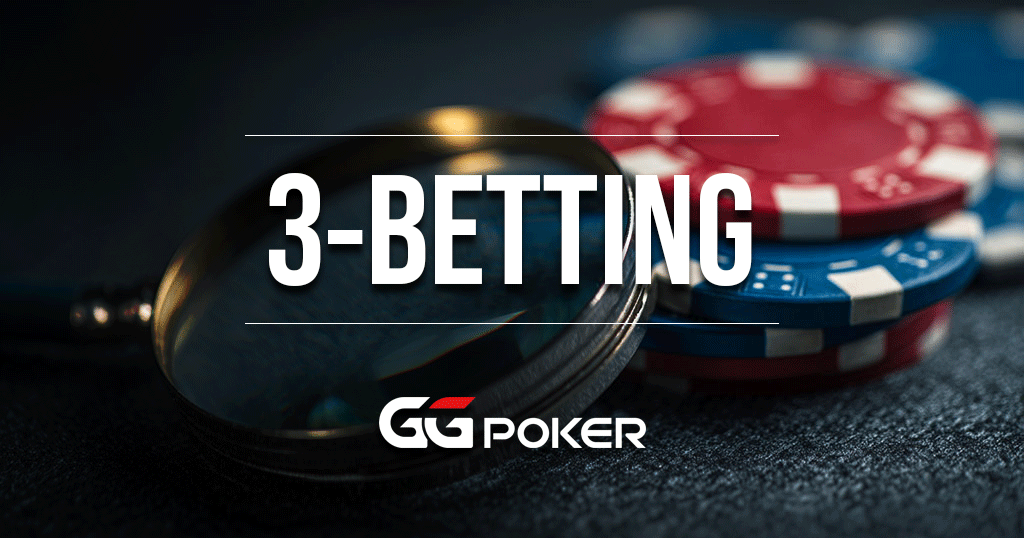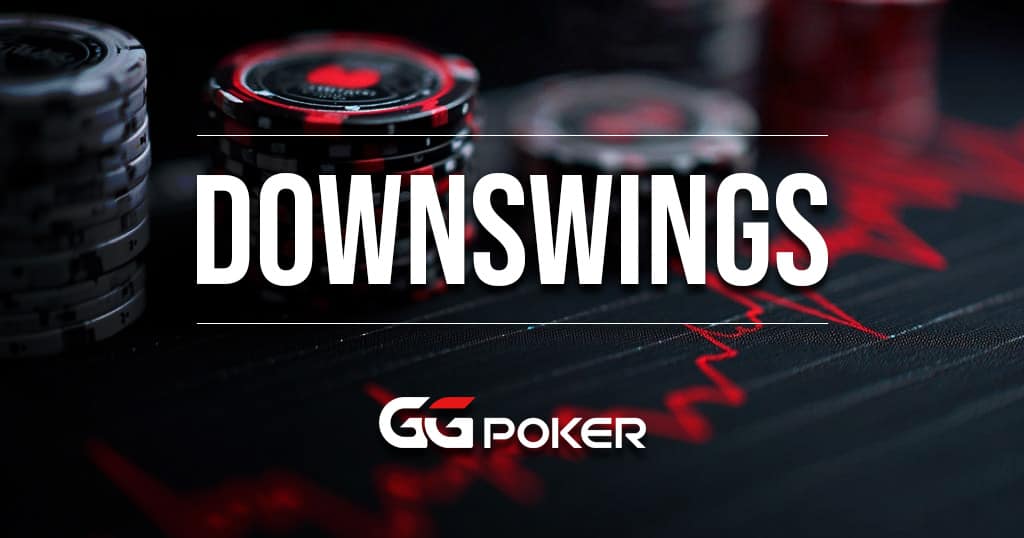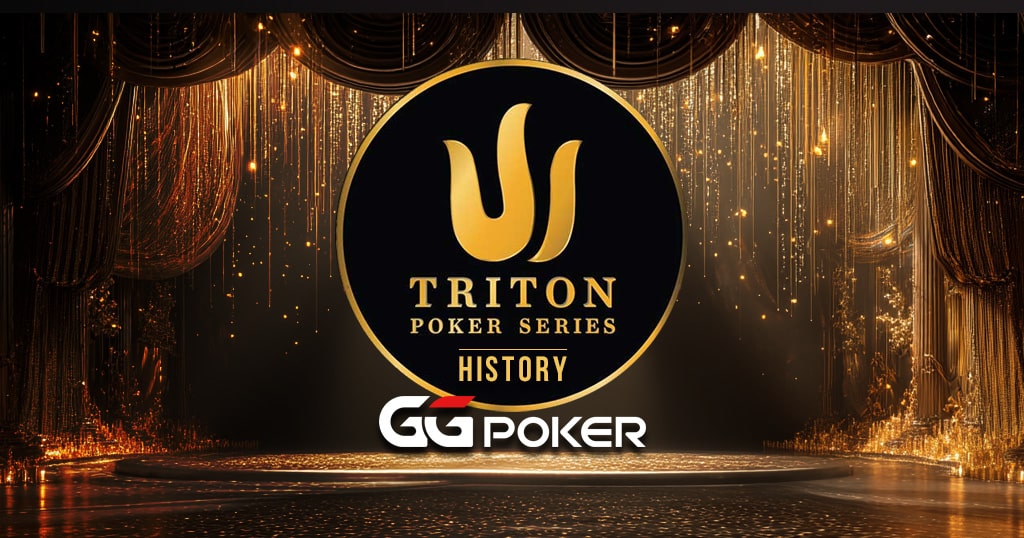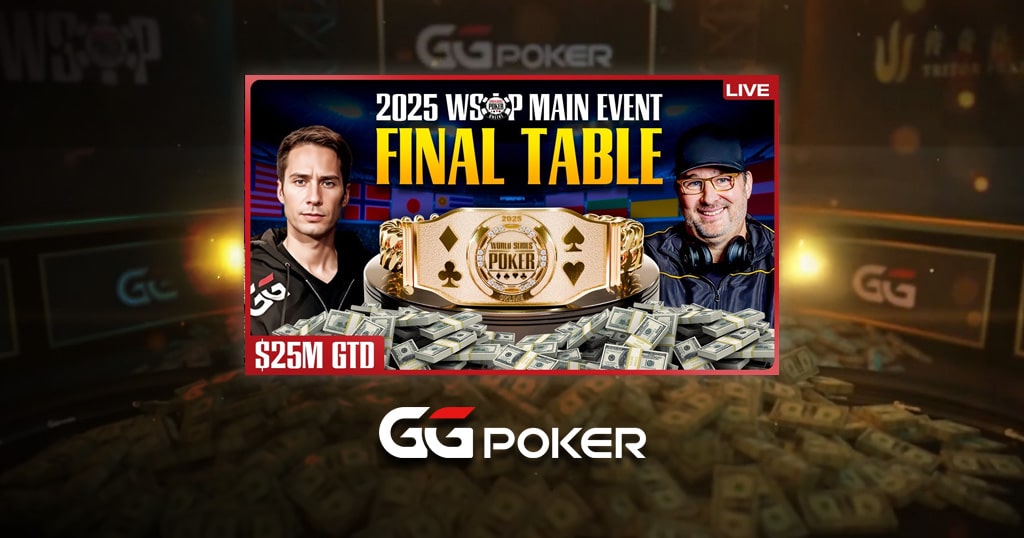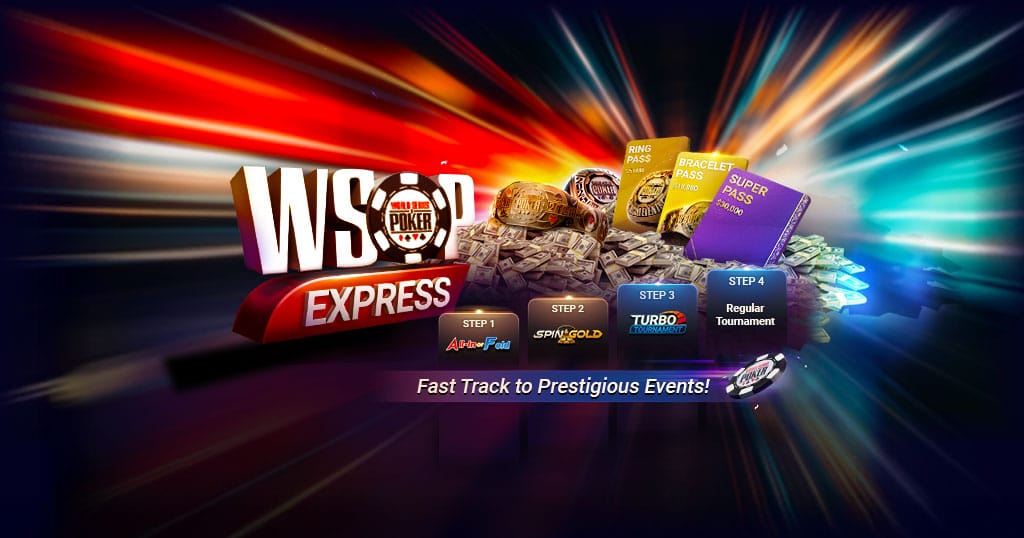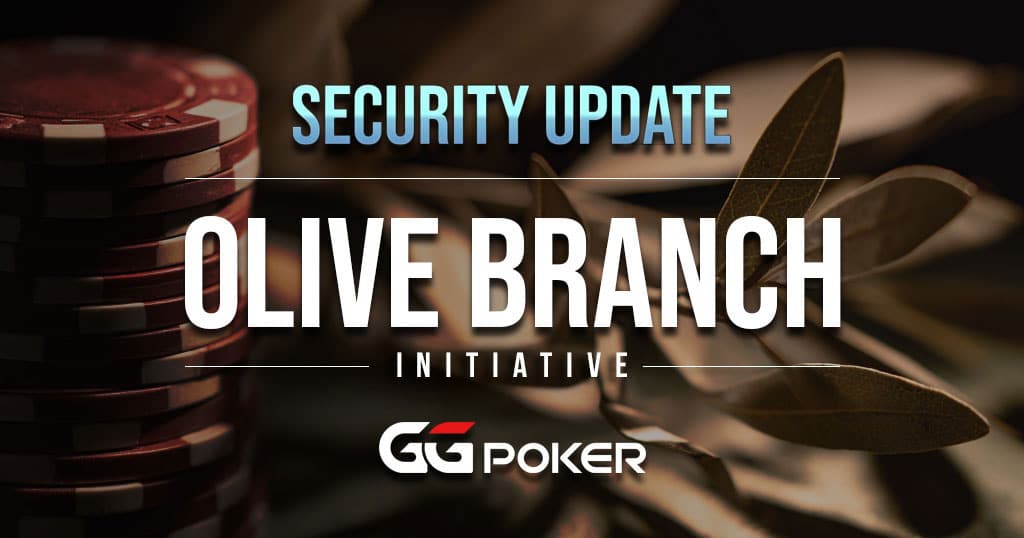The Button
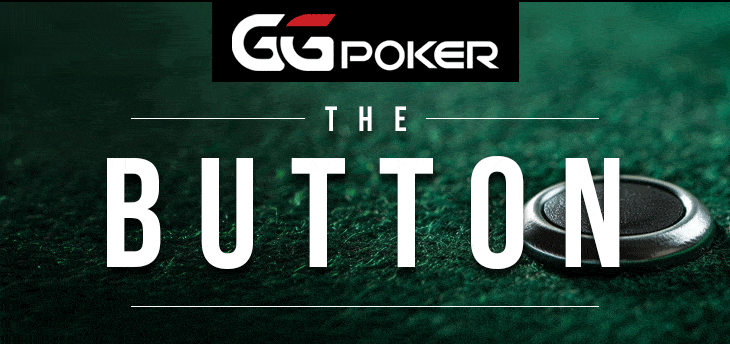
Have you ever found yourself at a poker table, nervously awaiting your turn with the dealer button? It might seem daunting with all the responsibilities it carries—from shuffling to dealing and even taking heat from disgruntled players after an unexpected game twist. Yet, in the realm of poker, holding ‘the button’ is actually a coveted position, especially when playing on platforms like GGPoker or at bustling live tournaments. But why is that? Let’s look at the mysteries of the button and how it can significantly enhance your game strategy.
What Exactly is ‘The Button’ in Poker?
In the structured world of a nine-handed poker table, each player occupies one of the nine strategic positions. From the small and big blinds to various spots like under the gun (UTG), middle position, and the cutoff, each has its unique strategic implications. However, the crème de la crème of these positions is undoubtedly the dealer, or as it’s commonly known, ‘the button’.
The button serves as a rotating dealer marker, passing from player to player with each new hand. In a casual setting where players deal cards themselves, the button marks the dealer for that hand. However, in more formal settings like online games or professional tournaments, dealing is handled by staff, and the button simply highlights your positional advantage.
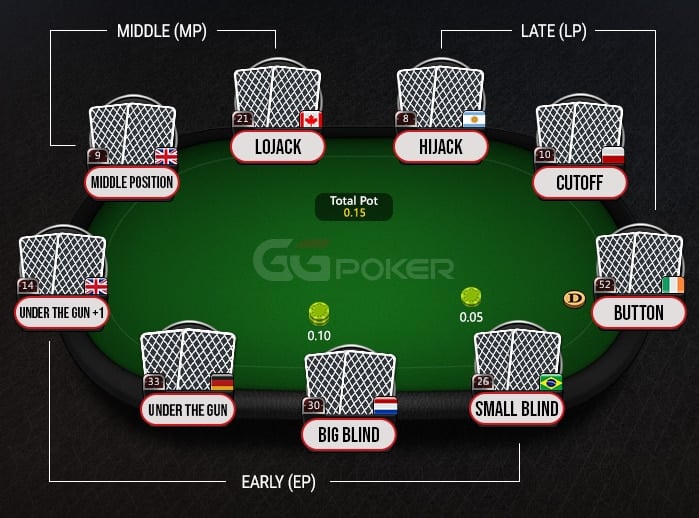
Why is the Button Considered the Best Position?
Positional advantage is a term often thrown around in poker discussions, and for good reason. The button is the last to act in betting rounds, giving the player a strategic upper hand. In a game of limited information, having every player reveal their intentions before you act is a massive advantage. The information allows you to develop a more informed strategy and lets you adjust your play based on the observed actions of your opponents.
Here’s the kicker: being last to act provides an invaluable benefit, especially if you’re trying to conserve or strategically bet your chips. You have the whole table’s actions as data to influence your decisions, often allowing you to play a wider range of hands with more aggressive tactics than players in earlier positions could safely manage.
Leveraging the Button to Your Advantage
So, how do you make the most of this powerful position? Here’s a scenario: imagine you’re on the button and the action folds around to you. Only the blinds remain, and they’ve yet to act. This is a golden opportunity to raise and potentially steal the blinds, as players tend to play conservatively from these positions.
Furthermore, if the pot does get contested, having the button ensures you maintain the positional advantage throughout all betting rounds, post-flop included. This means you can dictate the pace and size of the pot more effectively, often leading your less fortunate, out-of-position opponents to make costly mistakes.
The Strategic Implications of the Button
The button in poker isn’t just a marker for aggressive maneuvers; it’s a strategic linchpin that provides multiple layers of tactical advantage. Understanding and harnessing these subtler benefits can elevate your game significantly. Let’s delve deeper into the strategic implications of controlling the button:
Informational Edge: Imagine having a lens that offers a clearer view of the table’s dynamics before making your move – this is the informational advantage the button affords. By observing how your opponents bet and react before it’s your turn, you can make educated guesses about the strength of their hands. This is like having a cheat sheet that others don’t have access to. You see the hesitations, the confidence, and the bluffs unfold before you. This insight allows you to tailor your strategy not only to protect your stack but also to exploit the weaknesses in your opponents’ plays.
Flexibility in Play: With the comprehensive overview provided by the button, your tactical playbook expands significantly. You can afford to play a broader spectrum of hands. More than just playing it safe, you can strategically challenge your opponents. Bluffs become sharper tools in your arsenal because you have observed the preceding actions and can predict subsequent reactions more accurately. Similarly, value bets can be more precisely calibrated to maximize your chip gain from each hand. This flexibility also means adapting your approach mid-game based on the shifting dynamics and tendencies of your opponents, making you a formidable, adaptive player.
Defensive Play: Especially crucial in high-stakes moments or when your chip stack is dwindling, the button can indeed be a lifeline. Being the last to act provides a strategic breathing room. You get the chance to assess the risk and potential of each hand before committing your chips. This position allows you to bide your time, waiting out less favorable hands and striking decisively when the odds shift in your favor. For players facing the pressure of diminishing stacks, this can mean the difference between a hasty exit and a triumphant comeback.
Each of these advantages underscores why the button is more than just a position—it’s a pivotal point of power on the poker table. Leveraging this power effectively requires not only a good understanding of the game but also an ability to read the subtleties of your opponents’ strategies and adjust your tactics in real time.

Mastering the Dealer Button
As we wrap up our exploration of ‘the button’ in poker, remember its pivotal role in shaping the dynamics at the table. Holding this position is a strategic advantage that should not be underestimated. With the button, you gain a comprehensive view of the actions preceding your turn, allowing for more informed and potentially game-altering decisions.
The power of the button extends through every stage of the hand, offering benefits like a broader range of playable hands, the ability to control the betting rounds, and a psychological edge over your opponents who must act without the same information. Moreover, it provides a critical advantage when you’re trying to manage your stack efficiently, especially when the blinds and antes are at stake.
Embracing the button means understanding that you have the last say in the pre-flop and post-flop rounds, putting you in the best position to manipulate the pot and outsmart your competitors. So the next time you find yourself in this enviable position, consider the myriad strategic options at your disposal. Use this advantage not just to survive the game, but to dominate it.
